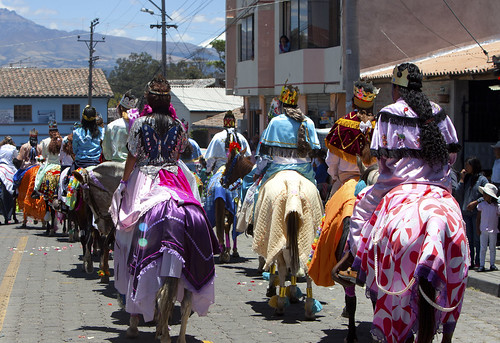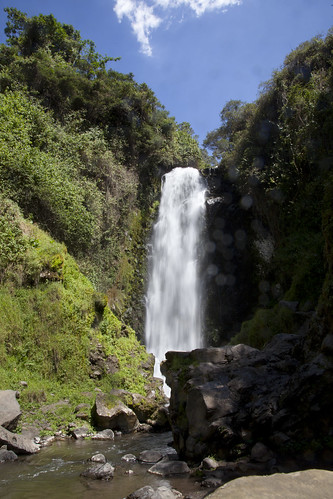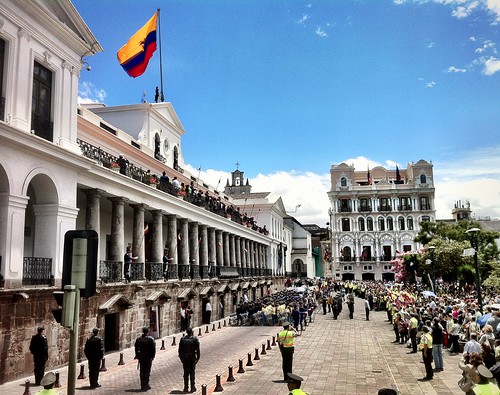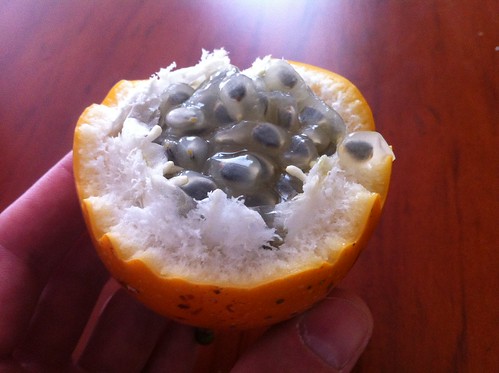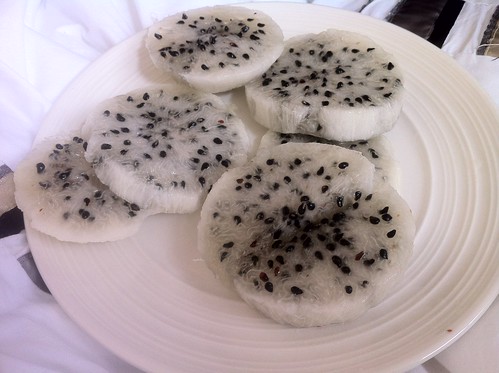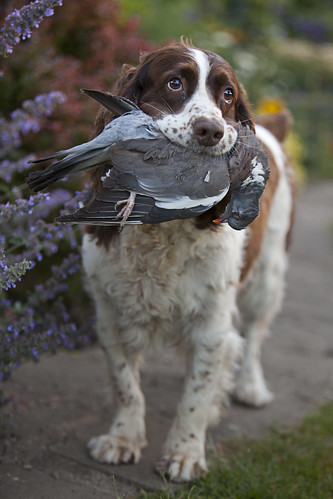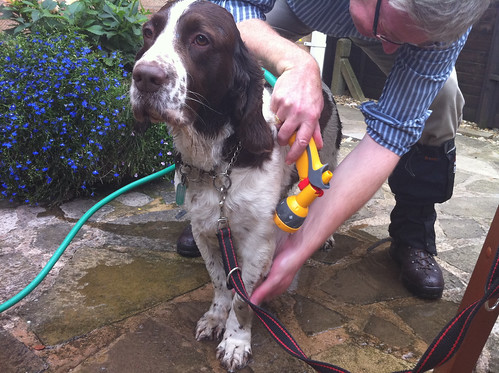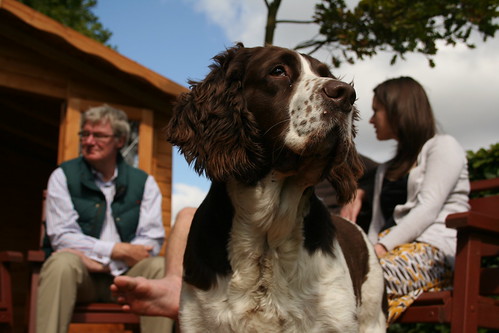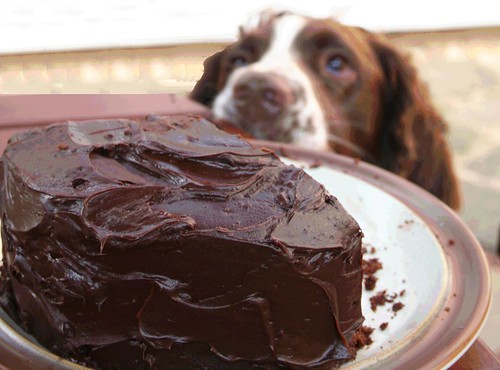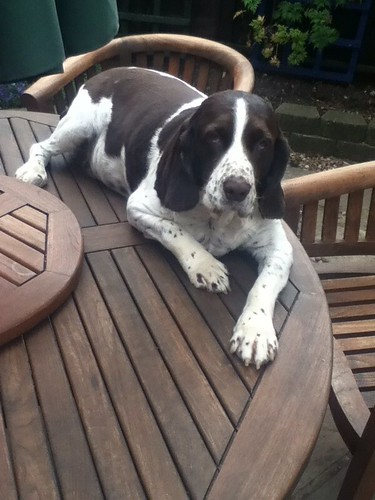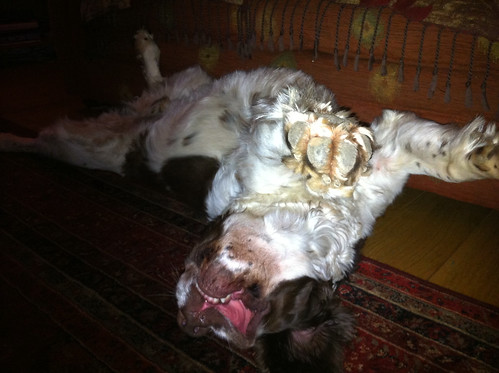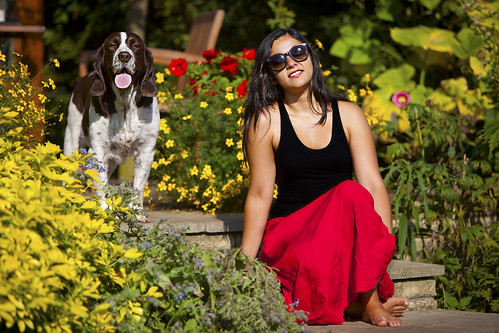This weekend was the big press when, assisted by Margaret, also Davina and Laura from work, we aimed to get all the apples (almost 250kg of them) sorted, washed, scritted and pressed.
And that’s exactly what we did! The weather was beautiful (warm and sunny) and it was a real pleasure working hard in the open air for a couple of days. Much different from our usual working environment - air-conditioned office.
The process was fairly straightforward and we worked on the patio and patio table by the house. There was one person washing the apples and sorting out any bad ones; one person doing a second rinse and putting them into the scritter; one person cranking the scritter and one person on the press.
Pressing Chris Coakley’s grapes last weekend had been a really useful dummy run for the press and my first job this weekend was to screw the press down to a pallet, so we could get some decent purchase on the handle without it moving around. I’d also got enough blocks of 2x2 wood to pack the pressure plate of the press so we could push it down deep enough to get maximum juice.
We all co-operated really well as a team and with my iPod on shuffle, we also had some music while we worked.
I wanted to process the apples by type, so I could see what the various characteristics - acidity, sugar content, etc - was of each one. We had cooking apples from the Crosslands, cookers and eaters from the windmill and cookers from Chris. We started with the Crosslands’ as we had almost 100kg of those.
It all worked well, although the apples which had been through the scritter were not really bashed up enough. We tried a double scrit, but that didn’t help and the first pressing left quite big pieces of apple in the basket, which would have contained useful juice. For the next batch, we mashed the bucket of scritted apples with a fence post and that resulted in a much better juice yield, but it was time-consuming and quite hard work.
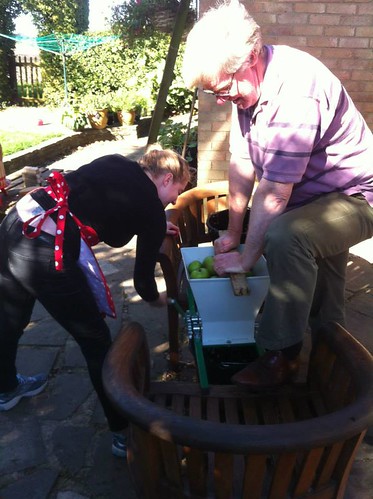 |
| Apple scritting with Laura Jones on the handle |
Later in the day, I worked out a different process. Most advice is to halve your apples and quarter the larger ones before they go into the scritter and that what we were doing. However, many quarters were going through broken in half or only slightly more. My scritter is a little different in design to some others I’ve seen. They seem to have toothed rollers, set quite close together and so they would need fairly small pieces to drop down between the rollers to be crushed. My scritter has hard plastic rollers set with sharp spikes and it is obviously a different idea. The rollers are wider set, so apple quarters just get pulled through. However, if you drop in whole apples, they can stick above the rollers and so are ripped and grated as the rollers turn. This change resulted in a bucket of shredded apple which was much more useful. We still did a quick mash, by which time the apple was good and mushy and a fair bit of juice ran out while the press was being packed. The pressed apple pulp when it came out of the press was quite dry, although there were still some pieces of apple which might have contained squeezable juice.
This change in operation speeded up the process and increased our juice yield by a good 10 per cent.
 |
| Margaret apple bashing - almost ready for the press |
The press was a basket press which Tom and Sam had bought me for my birthday. We managed to extract about 120 litres of juice from 250kg of apples, so it was close to 50 per cent efficient. I’d have liked to have got a little better than that and we could perhaps have topped 50 had we started the different scritting technique earlier - you live and learn.
The main issues with the press for this quantity of apples was just how many times it had to operate. It’s not really designed for this quantity. Getting sufficient pressure on the apple pulp required really hard work turning the screw and it would have been useful to be able to have got more pressure on the pulp for a final squeeze.
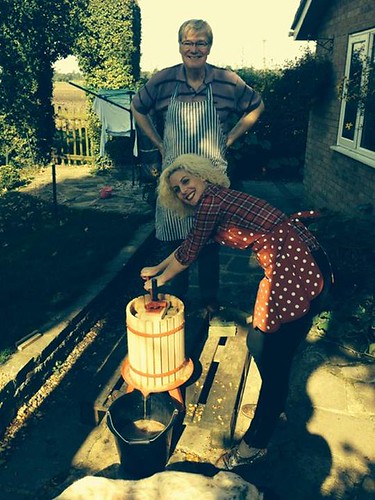 |
| Pressing the apples with Davina Page. I am providing ballast. |
As it was, it did a very good job and it’s really satisfying winding down the screw and seeing the juice flowing out. The press did about a gallon to a gallon and a half each press, so four presses filled a barrel and we did five barrels. The compost heap now has quite a pile of shredded, pressed apple pulp. You’d expect it to be quite wet and slimy, but all the juice has been pressed out, so its almost like wood chippings. Not sure how quickly it will break down.
I had intended to test each apple variety and grade them for sweetness, sourness, acidity, tannin ... Trouble is that they all tasted very sharp. There was a hint of sweetness, but sour (so bittersweet) and someone could taste lemon (but we had been to a wine-tasting session on Thursday night, so perhaps our palettes were over-sensitive?). We tested the juice from each batch and, considering the apples were quite sour (bittersweet) the juice was really very sweet and tasty. You could have drunk a glass very happily. The last pressing were the windmill eaters and the juice there was like nectar.
I also tested for acidity (all around 3.2, which should be fine) and for sugar content which was around 103 grams per litre, which would give a potential alcohol level of 6 per cent. I wanted to aim for 8 per cent alcohol, so I added sugar to bring the level up to 140 grams per litre. I’m just going to have to hope the tannin level is all right. The windmill eaters came in at 7 per cent.
We needed to go to Burghley Home Brew in Newborough to buy extra fermenting vessels and I got robust plastic barrels, which should be good for maturing the cider as well as for the initial fermentation. Davina and Laura were checking out the kits offering five gallons of Merlot in two weeks - I think we might soon have some keen wine-makers on our hands.
So the apples are pressed, the juice saved in barrels; it has been sulphited, pectolase added to remove fruit haze and yeast nutrient added. I added yeast starter cultures to two barrels yesterday and will do the other three tonight.
Now, it’s a matter of letting nature do the rest. Well, I will have to rack it a few times, mature it, bottle it - and then drink it.
Quite exciting, I’m glad I had a go. If it works out, then we can do quite a bit more next year. I think I’ll throw a barbecue for all the apple donors on St Swithin’s Day (July 16) next year. That should encourage more donors in 2014. Chris has already offered pears, so perry might be another string to my bow.
Henry Erskine Crumb, who runs Listora was telling me about a chap in Wiltshire who collects apples from homes, presses the juice and sells it back to them. It sounds as if he pasteurises and filters the juice, puts it into a fancy bottle, adds a label saying where it came from and charges £3 a bottle. Henry says their apples last them all year.
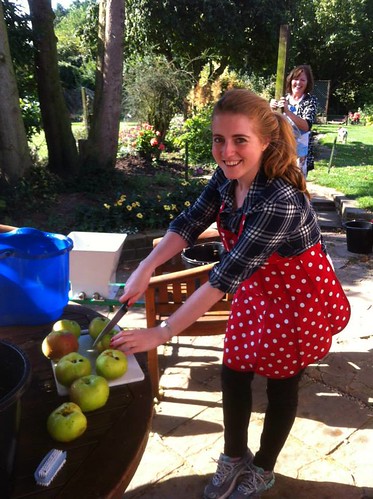 |
| Chopping apples - Laura was later made redundant |

